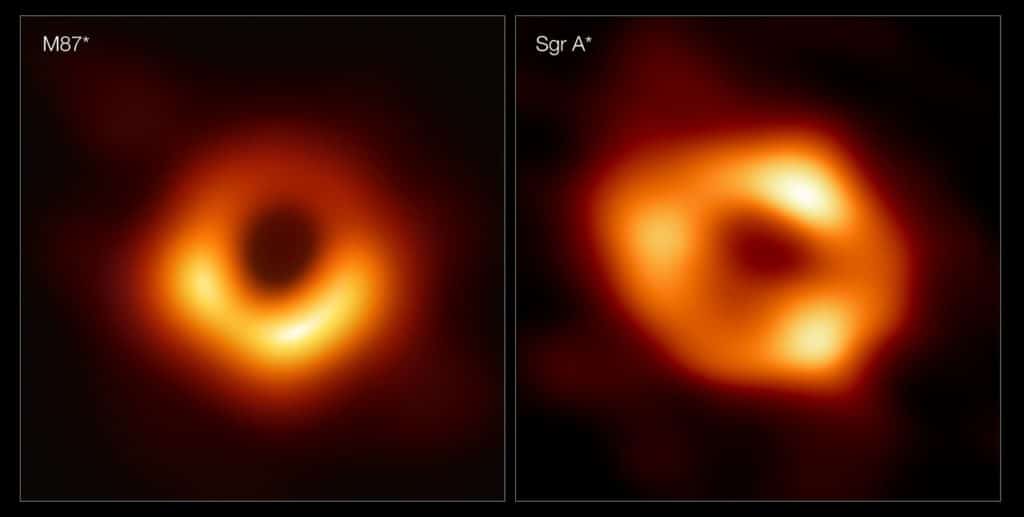Spinning M87 Supermassive Black Hole Confirmed in Groundbreaking Discovery

A groundbreaking discovery confirming that the M87 supermassive black hole is spinning. (Photo: National Geographic)
M87 Supermassive Black Hole’s Definitive Spin Confirmed: 11-Year Oscillation Period Unveiled
According to the Space article, the M87 Supermassive Black Hole, which gained widespread recognition in 2019 as the first black hole ever imaged, has now been definitively confirmed to be in a state of rotation. This announcement was made on September 27th, although the precise speed of M87*’s spin remains undisclosed. Over a span of two decades, an array of radio telescopes has been meticulously observing this black hole, nestled at the core of the Messier 87 (M87) galaxy, some 55 million light-years away in the Virgo constellation.
The telescopes were particularly captivated by a formidable jet of radiation and particles emanating from the black hole’s poles. Recent findings suggest that this relativistic jet oscillates in a pendulum-like fashion over an 11-year cycle, attributed to gravitational interactions between the massive spinning black hole (approximately 6.5 billion times the mass of the sun) and the surrounding material disk. This observation serves as “unequivocal evidence” of the black hole’s spin.
Lead author Cui Yuzhu from Zhejiang Lab in China expressed excitement over this significant discovery. To uncover the 11-year oscillation period of the jet, the research team meticulously accumulated high-resolution data spanning two decades and conducted a comprehensive analysis.
READ ALSO: Atlantic Hurricane Season 2023 Witnessed Dynamic Forecasts And Impactful Storms
M87 Supermassive Black Hole Jets’ Prolonged Wobble Affirms Einstein’s Theory and Sheds Light on Spin Evolution
In contrast to earlier observations of black hole jets displaying rapid oscillations over minutes, M87*’s jets follow a much lengthier cycle. Nonetheless, these findings harmonize with Einstein’s predictions in his theory of general relativity. According to this theory, the massive spinning black hole warps the surrounding space and time—a phenomenon known as frame-dragging.
In this study, the deviation of the black hole’s spin axis from the rotation axis of the surrounding accretion disk causes a slight wobbling of the black hole’s jets, which was precisely measured. Although the precise processes underlying black hole spin remain elusive, one leading theory posits that smaller black holes rapidly spin as they consume star matter through an accretion disk.
Over vast periods, these smaller black holes are believed to merge and evolve into supermassive black holes. Confirming this hypothesis requires the study of spin rates in black holes of varying sizes, making the recent study a significant step in that direction.
READ ALSO: Shakira Tax Evasion Scandal Deepens As Spanish Prosecutors Bring New Charges









